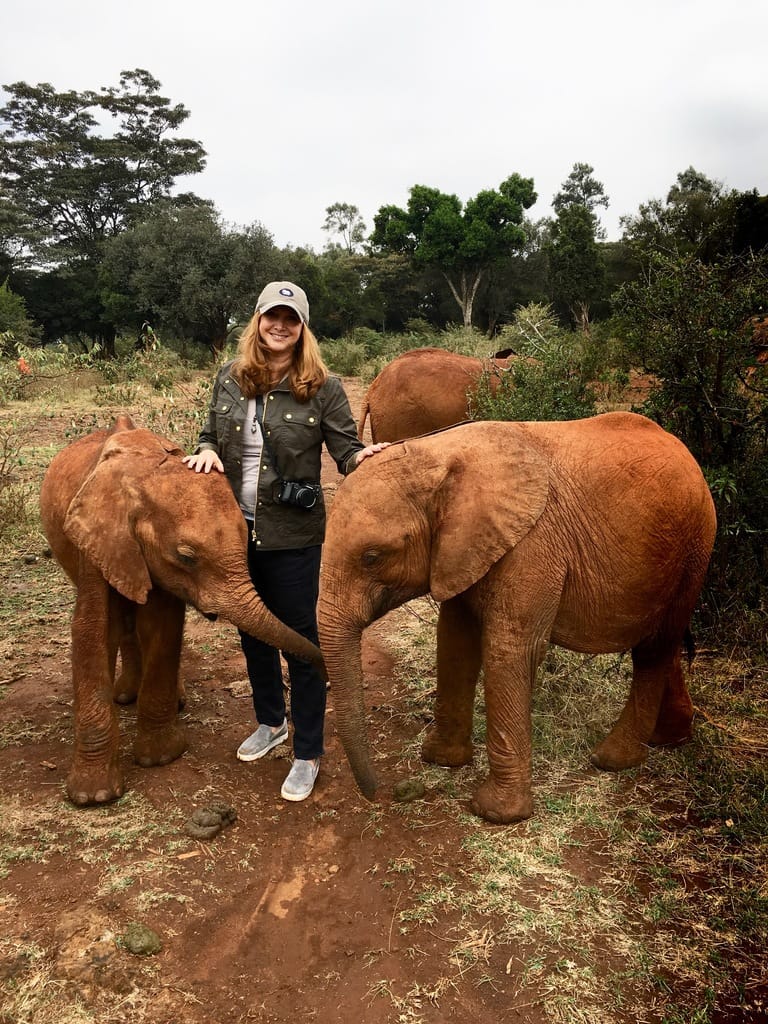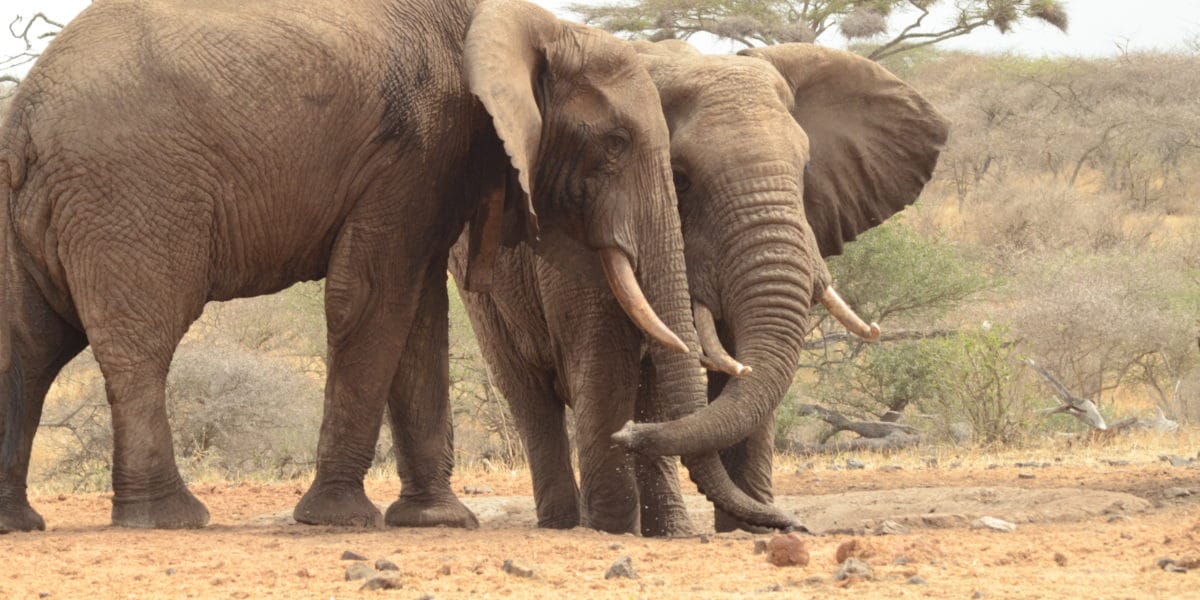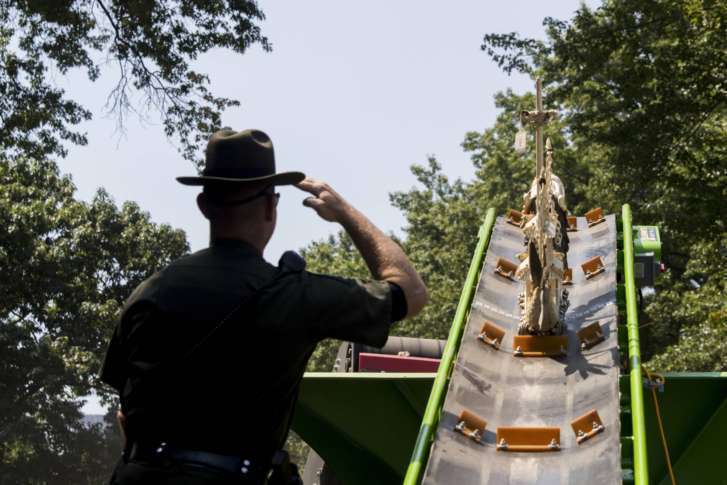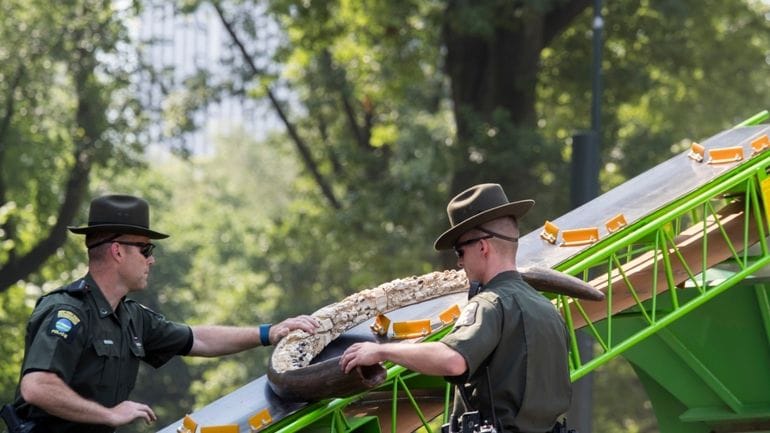Four years ago I witnessed my first, and what I hoped my last, Ivory Crush. I had the privilege then of attending a private event in Denver where six tons of ivory – representing what once was about 1,000 elephants – were to be crushed. This was ivory confiscated over the years from illegal wildlife trading, now the 4th most lucrative and corrupt organized business in the world.
The purpose of this and other crushes held world-wide (270 tons of ivory have been crushed to date in 22 countries), aside from honoring and mourning the fallen victims, is to send a global message that this brutal business will not be tolerated. That these elephants did not die in vain. Witnessing all these pieces of ivory displayed – once living breathing elephants – broke my heart. It was an emotionally draining day.
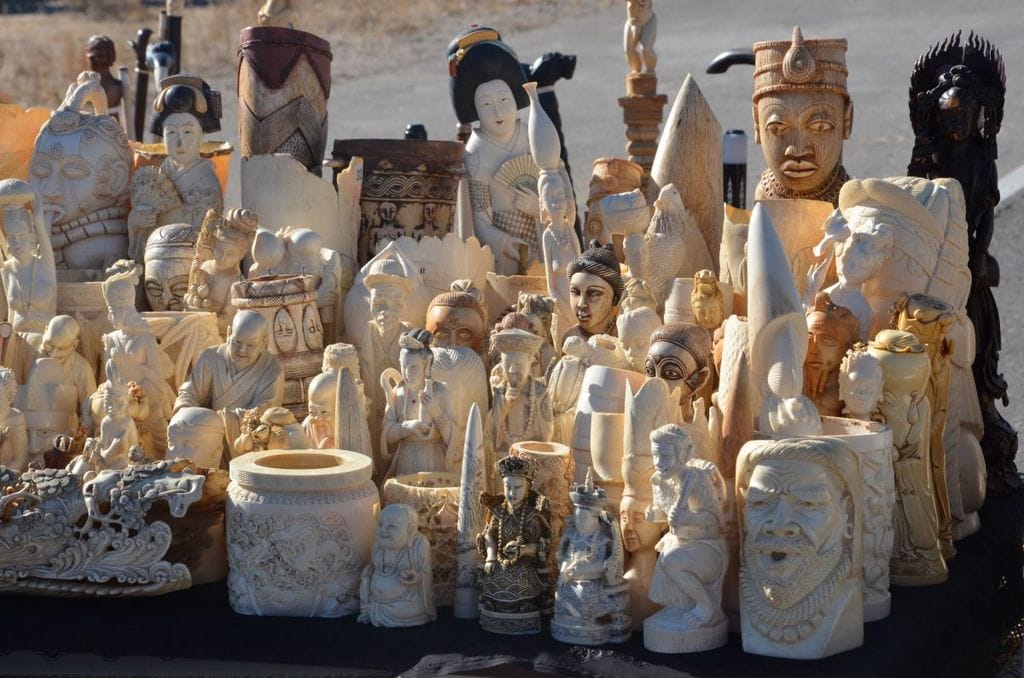
On my flight home from that event, I wrote a post ‘The Trip That Crushed Me’ which subsequently and unexpectedly went viral. My intention then was to educate people about what was happening, why this crisis should matter to them and how each and every person has the power to help end the aimless slaughter of elephants. If you want to know what you as an individual can do to make a difference, please give it a read.
Yesterday, I attended another Ivory Crush – my third held in the United States. The prior one was held in Times Square in 2015 where one ton of ivory was crushed. This one was held in Central Park where another two tons of ivory confiscated since 2014 were destroyed. All of the ivory was discovered due to the admiral undercover work of 300 New York officers – 95% of it from New York City! And half of it from one store in particular, Metropolitan Fine Arts and Antiques right on 57th Street off of 5th Avenue. Over $4.5MM of ivory was discovered and confiscated in that location. The fact that this store is still open, despite the penalties the owners had to pay, infuriates me.
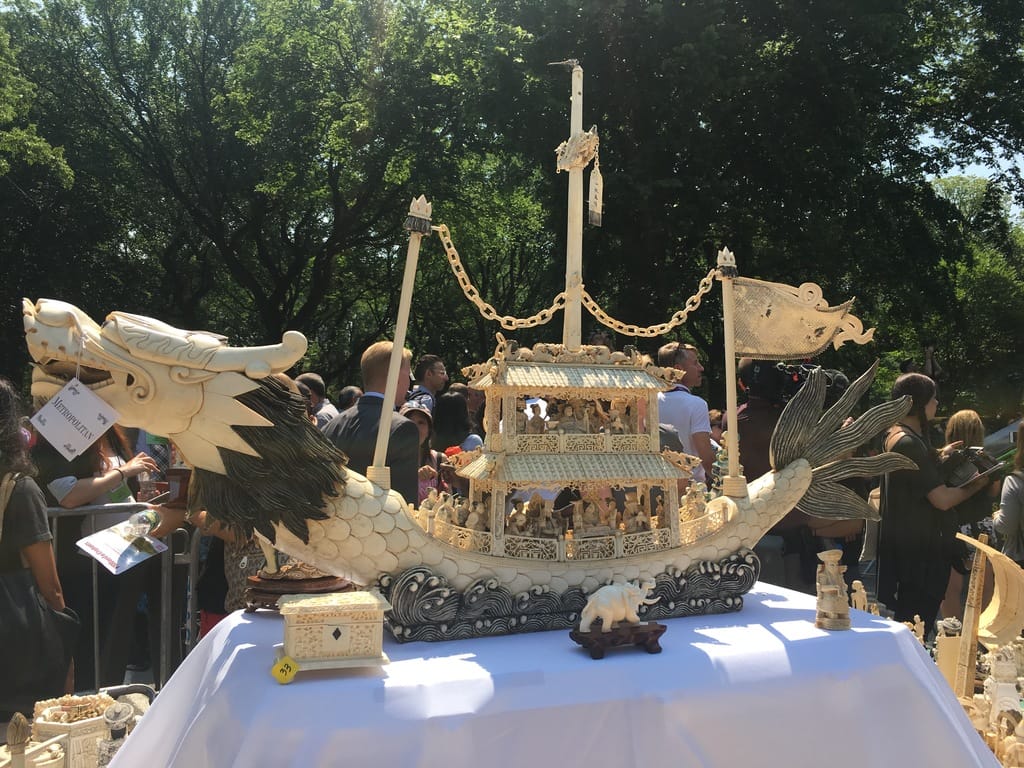
The ivory displayed at the event yesterday were once 100 or more elephants. Babies, juveniles and mothers (poachers don’t discriminate) that were either gunned down, speared or poisoned for their tusks. Even a measly inch of ivory. Most of the 200+ orphans that have been rescued at the David Sheldrick Wildlife Trust, an incredible wildlife conservation organization and sanctuary for orphaned elephants in Kenya, are victims themselves of the ivory trade. They arrive traumatized, having watched the brutal murder of their mothers and other members of their herd. Some, despite heroic efforts, do not recover from their loss.
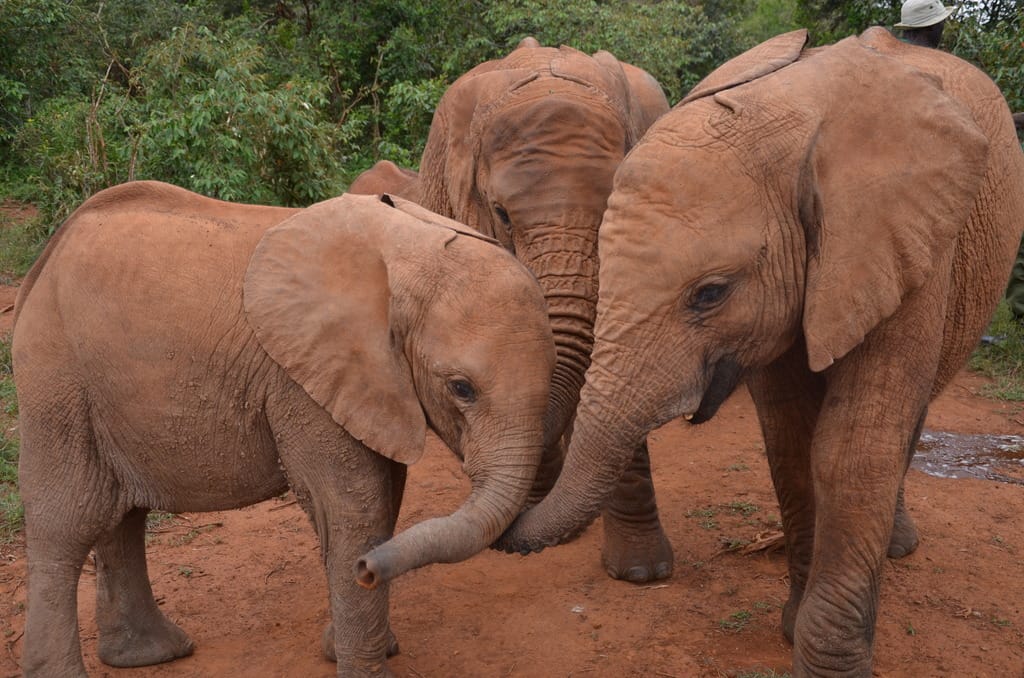
The ivory on display yesterday would be worth over $8MM on the black market. As I walked past table of endless ivory trinkets, the word consistently mentioned by speakers before the ivory was destroyed came instantly to mind. Disgusting. There was nothing pretty about these intricately carved statues, jewelry and trinkets. I picked one up to personally bring to the crusher (it was probably valued at a few thousand dollars). All I saw was a ghost of a beautiful, intelligent and peaceful animal that was killed to make that pathetic carving.
Since the first crush I attended, so much progress has been made in the U.S. in the battle to safeguard elephants from the poaching crisis. While the global ivory trade was banned in 1990, the illegal industry has thrived illegally due to the insatiable demand for ivory from a growing middle class in Asia. In the U.S., the ivory trade is banned and loopholes state to state have been tightened as individual states such as New York, California New Jersey and Hawaii have enacted their own statewide bans. This is important as the United States is the 2nd largest importer of ivory and New York State is the largest state. The bans are making an impact. The ivory displayed today are from the largest ivory busts in NY State history.
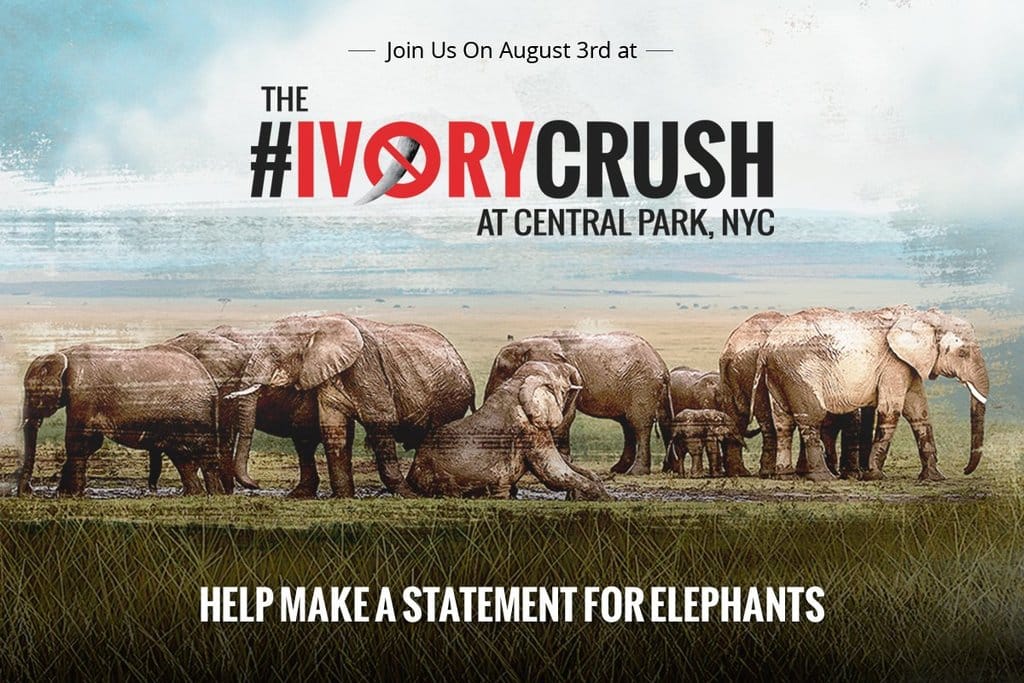
But the fight is way from over. In the last seven years alone, the African elephant population has dwindled 30% to an estimated 350,000 today. Almost 100 elephants a day, or 35,000 elephants a year are killed for their ivory. In addition to poaching, elephants also face the daunting challenges of worsening droughts (climate change is real), human population growth and dwindling habitats, all escalating human-wildlife conflicts. They are not the only ones by the way: tigers, lions, rhino, wild horses, pangolin and so many other treasured species are at the risk of extinction at our hands.
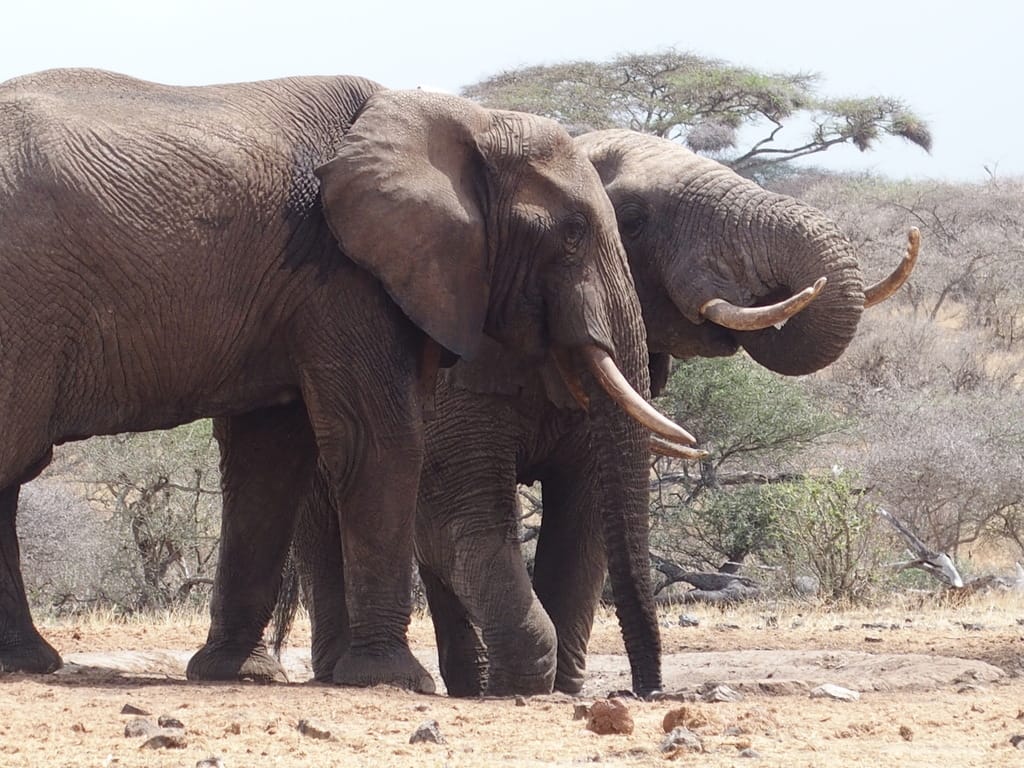
I, like so many others, remain hopeful and committed to endlessly fight for these majestic elephants – the most iconic, the largest and most intelligent animal on the planet. It is truly a battle against good and evil. And I believe good will ultimately prevail.
